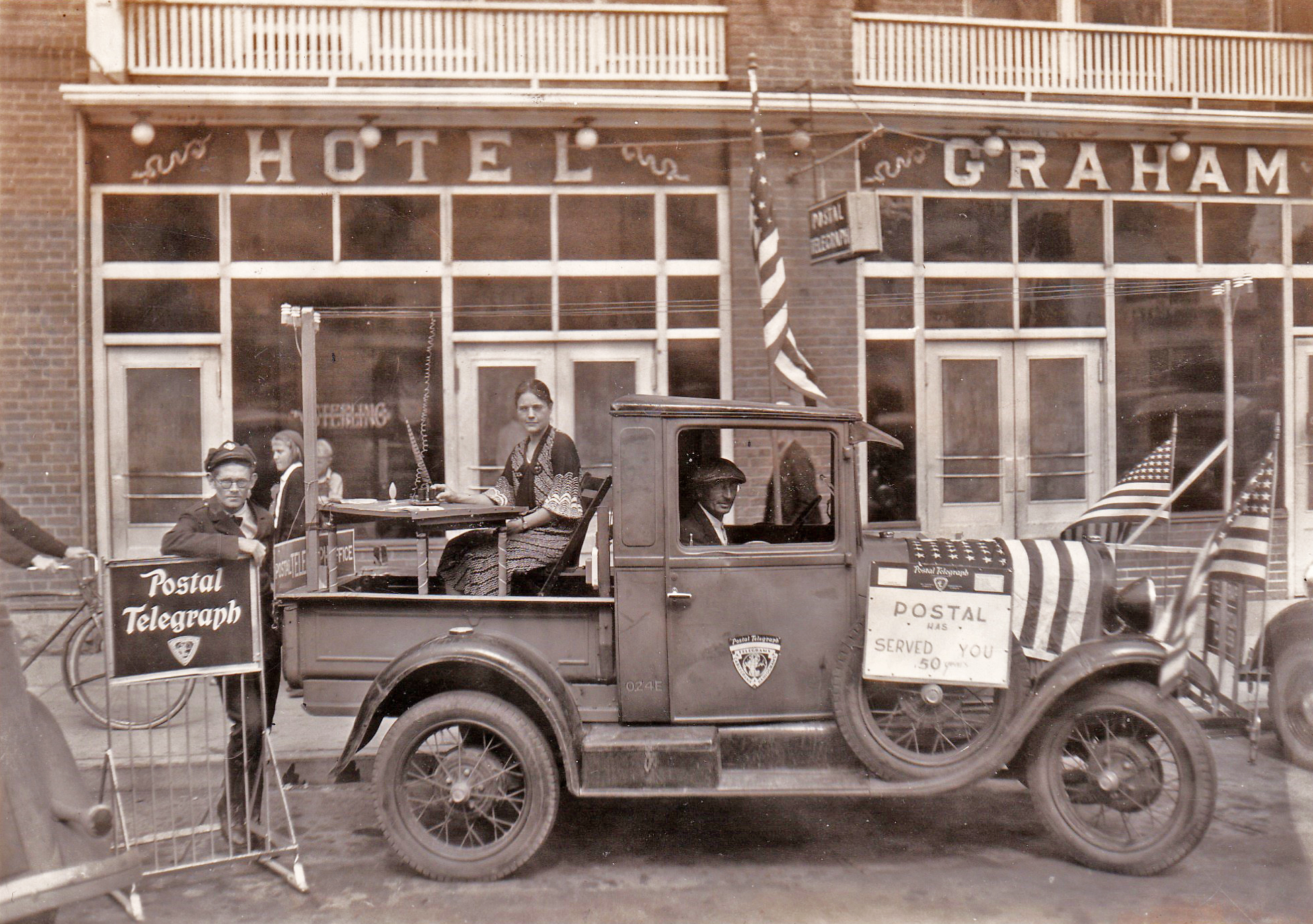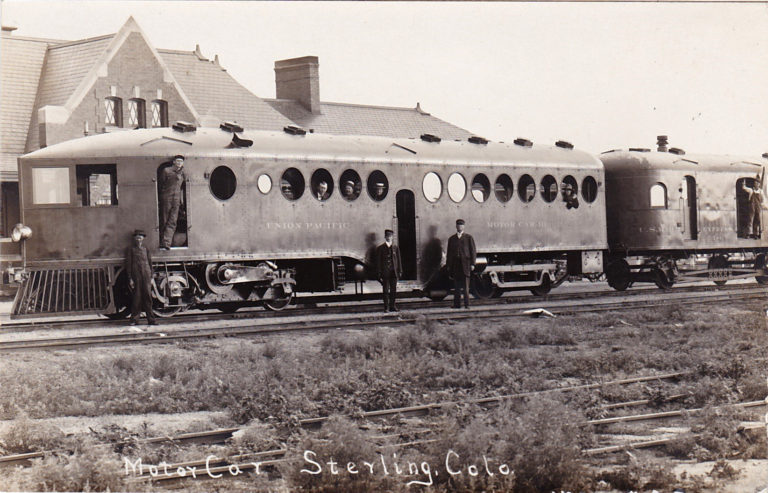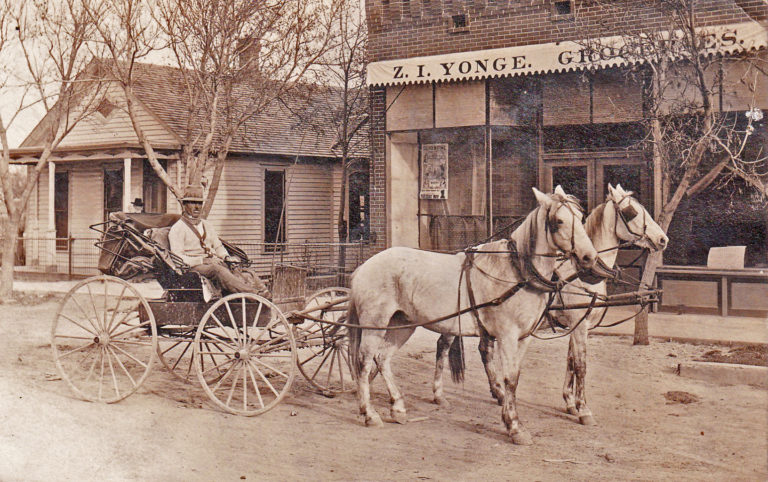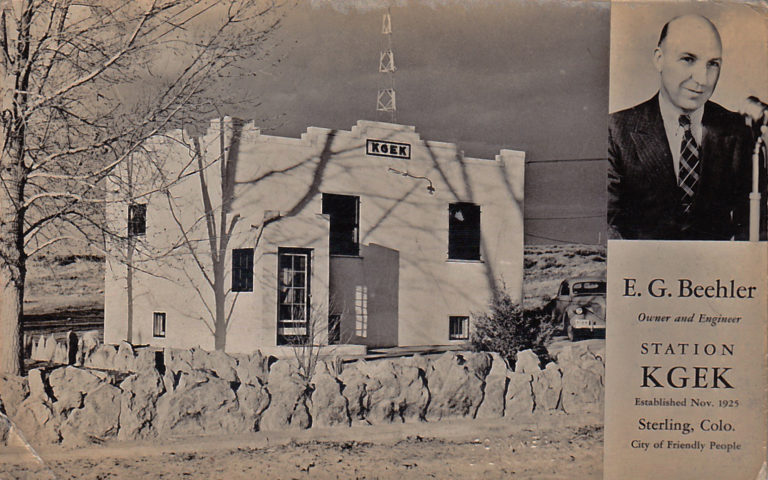The Postal Telegraph Company had its beginnings in the Commercial Cable Company. The latter was founded in 1884 by mining tycoon John William Mackay and newspaper publisher James Gordon Bennett, Jr., with the goal of weakening the grip on U.S. telegraphy held by the Western Union Telegraph Company and its majority stockholder, Jay Gould. At the time Mackay and Bennett formed the company, all cable traffic between the U.S. and Europe flowed through Gould-controlled cables in the Atlantic. The Commercial Cable Company proceeded to lay two transatlantic cables, and a two-year rate war ensued between Commercial Cable and Western Union/Gould. When the battle began, the per-word rate of international cable messages was forty cents. By the time it ended two years later, the rate had come down to twenty-five cents. It was against this backdrop that Mackay and Bennett then founded the Postal Telegraph Company, in about 1886.
The year 1904 would see the establishment of a Postal Telegraph Company office in Sterling. An article in the Leadville Herald Democrat dated February 8, 1904, spoke of the new potential for business growth accompanying the establishment of telegraph capabilities. It read:
“The Postal Telegraph-Cable Company has just completed a splendidly constructed pole line, carrying five copper wires connecting Denver with Omaha and the East via the Union Pacific route and has opened new offices at the following named places: Sterling, Colo.; North Platte, Kearney, Grand Island, Columbus, Central City and Fremont, Neb. Some of the new wires on the route will be duplexed and used by the Pacific Cable company for handling war news and specials from Japan during the crisis there, the Postal wires being the only direct route to principal Japanese points.” (This was a reference to the war then being fought between Japan and Russia over their interests in Manchuria and Korea.) The Postal Telegraph-Cable company is also constructing a line of poles over the Union Pacific railway carrying six copper wires to Greeley, Colo., and Cheyenne, Wyo., and then west to Ogden and Salt Lake. The Greeley and Cheyenne offices are expected to be opened for business within the next sixty days. The present improvements will greatly facilitate the handling of all business going through Denver.”
I don’t know where Sterling’s Postal Telegraph office was initially located, but by 1910 it was in the National Bank Building. In 1923, their office was moved to the lobby of the Hotel Graham on North Third Street. You’ll note that the front of the hotel forms the backdrop for the photo. Jesse W. Graham, who built and operated the hotel, was a Kansas native who came to Sterling in 1907 to accept a job as a stenographer in the office of the master mechanic for the Chicago, Burlington & Quincy Railroad. He was transferred a year later to the superintendent’s office and subsequently earned the position of chief clerk in that office. He resigned in December of 1917 to go into business for himself and opened the Hotel Graham hotel on April 1, 1921.
An article in Sterling’s Republican Advocate newspaper described the Postal Telegraph Company’s new facilities at the Hotel Graham. They included a new switchboard, counter, customer desk, and an “attractive Federal electric sign” on the front of the building. (Perhaps this is a reference to the “Postal Telegraph” sign one can see to the right of the American flag in the photo.] The article goes on to report that “the station now has eight wires here, connecting with all the cities of the United States…and with all American cables.” In addition, the “office will accept radio messages to be sent to ships as far out at sea as 500 miles.” The article identifies Lily Gibbs as the office manager.
Bedecked as it is with signs, flags and a miniaturized depiction of telegraph operations, I suspect the truck in the photo is going to be, or was, in a parade, possibly for the 4th of July. Note the miniature telegraph poles at each end of the truck with telegraph wires strung between them. Lily appears to have her right index finger poised on a telegraph key. Note the coiled wire connecting the telegraph unit to one of the lines above and what appears to be a helix antenna angling up from the telegraph unit.
(Researching telegraphy for this narrative reminded me of something I learned as a Radioman in the Navy, i.e., that each telegraph operator brings his/her individual style to their keying, whether intending to or not. This is called their “fist.” Or at least this was true before the advent of electronic keyers, which produce code at a set speed. In my research I learned that during World War II, enemy listeners, by identifying the “fist” of a military telegraph operator assigned to a land force, ship or submarine, could track its movements.)
Lily was no stranger to the telegraph key, for her husband was a station agent and telegraph operator for the Union Pacific Railroad in Hardin (which sits about nineteen miles east-southeast of Greeley). In 1920 Lily herself was a telegraph operator for a railroad.
Lily was born to Ulysses Grant and Matilda (Plowhead) Bleasdale in Brush in 1890. In 1913 she graduated from the Colorado State Teachers College in Greeley and in 1915 married Kansas-born Cecil Gibbs in a ceremony held in Kersey. Sadly, Cecil passed away just three years later. As stated above, by 1923, Lily was the Postal Telegraph Company manager in Sterling.
Lily passed away in December of 1944. In a tribute marking her passing, the Sterling Advocate newspaper stated: “If those who have known Sterling well during the past quarter century were to list the truly gracious persons in the community, few would fail to mention Mrs. Gibbs. She was a lover of beauty in many forms. And from her person radiated a cheerfulness that immediately lifted others in spirit.” Lily’s remains are interred at Riverside Cemetery in Sterling.
I haven’t been able to determine when Sterling’s Postal Telegraph office closed, but the technology it represented certainly had its time in the sun.
REFERENCES:
- Bleasdale Family Tree (www.ancestry.com)
- Distance Between Cities at www.distance-cities.com
- “The fist of the sender,” reddit.com at https://www.reddit.com/r/todayilearned/comments/dztca2/til_that_the_fist_of_the_sender_the_personality/
- “Helical antenna,” www.wikipedia.org at https://en.wikipedia.org/wiki/Helical_antenna
- “James Gordon Bennett Jr.,” www.wikipedia.org at https://en.wikipedia.org/wiki/James_Gordon_Bennett_Jr.
- “Jay Gould,” www.wikipedia.org at https://en.wikipedia.org/wiki/Jay_Gould
- “John William Mackay,” www.wikiepedia.org at https://en.wikipedia.org/wiki/John_William_Mackay
- “Postal Telegraph Company Improves its Facilities Here,” The Republican-Advocate dated May 17, 1923, Colorado Historic Newspapers Collection at https://www.coloradohistoricnewspapers.org/?a=d&d=RPA19230517-01.2.80&srpos=1&e=——-en-20–1–img-txIN%7ctxCO%7ctxTA-postal+telegraph+sterling——-0——
- “Postal Telegraph Has Extended its Service,” (Leadville) Herald Democrat dated February 9, 1904, Colorado Historic Newspapers Collection at https://www.coloradohistoricnewspapers.org/?a=d&d=THD19040209-01.2.33&srpos=23&e=——-en-20–21–img-txIN%7ctxCO%7ctxTA-postal+telegraph+sterling——-0——
- “Putting the ‘Ster’ Into Sterling,“ The Republican-Advocate dated March 22, 1923, Colorado Historic Newspapers Collection at
- “Russo-Japanese War,” Wikipedia.org at https://en.wikipedia.org/wiki/Russo-Japanese_War
- “Telegraph key,” www.wikipedia.org at https://en.wikipedia.org/wiki/Telegraph_key
- “Telegraph :: Postal Telegraph,” Cyber Telecom at https://cybertelecom.org/notes/postal.htm
- “Tribute to Mrs. Gibbs,” Brush News-Tribune dated January 18, 1945, Colorado Historic Newspapers Collection at https://www.coloradohistoricnewspapers.org/?a=d&d=BNT19450118-01.2.31&srpos=8&e=——-en-20–1–img-txIN%7ctxCO%7ctxTA-postal+telegraph+sterling——-0——
- U.S. School Yearbooks, 1900 – 1999 (www.ancestry.com)
- U.S., World War I Draft Registration Cards, 1917-1918 (www.ancestry.com)
- “Wanted, For Sale, etc.,” The Republican-Advocate dated June 15, 1910, Colorado Historic Newspapers Collection at https://www.coloradohistoricnewspapers.org/?a=d&d=RPA19100615-01.2.85&srpos=2&e=——-en-20–1–img-txIN%7ctxCO%7ctxTA-postal+telegraph+sterling——-0——
- 1920 Census (www.ancestry.com)





Love this shot.
Thank you, Jimbo!